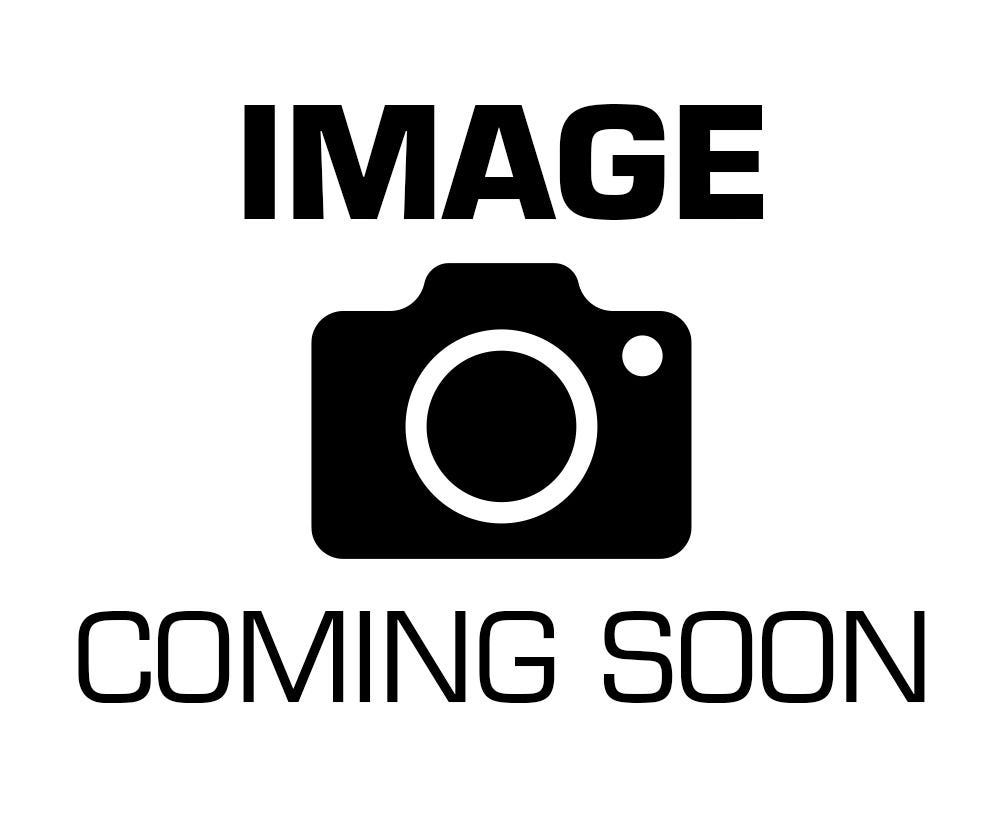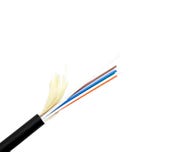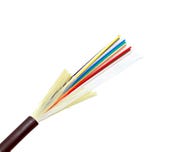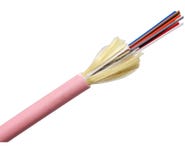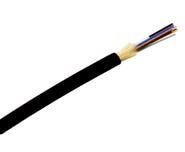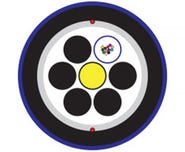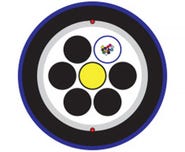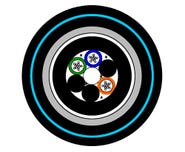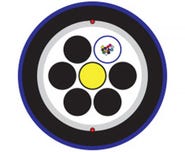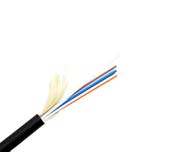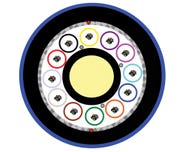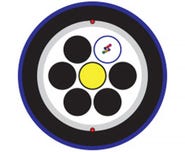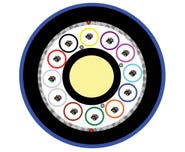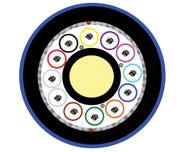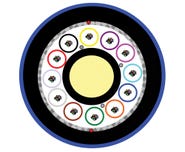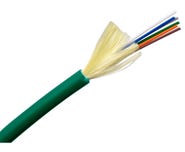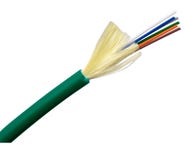

What’s the difference between OM3 and OM4 multimode fibre?
OM3 and OM4 multimode fibre are both widely used and both feature the same diameter core. So, what is the difference between these common types of fibre optic cable? This guide will outline what sets OM4 apart from OM3 and when you might choose one type of cable over the other.
What is OM3 multimode fibre?
OM3 is a type of optical multimode fibre cable made up of a 50μm core and 125μm cladding. OM3 cable is typically coloured aqua but may come in different colours such as blue, pink, red, green or black for specific applications relating to defence security levels.
While OM3 is most used in 10 gigabit ethernet networks, it can support 40 gigabit and even 100 gigabit ethernet at a reduced distance of 100 metres.
OM3 is widely used over short distances such as offices, schools and commercial buildings.
What is OM4 multimode fibre?
OM4 is a type of optical multimode fibre that, while similar, is an improvement on OM3 in that it will support 10 gigabit ethernet up to 500 metres.
Like OM3 fibre, OM4 fibre features a 50μm core, 125μm cladding, but is typically coloured Erika violet.
OM4 is commonly used over longer distances such as in campus backbones and hospitals or larger offices and commercial buildings.
What’s the difference between OM3 and OM4?
The fundamental difference between OM3 and OM4 is in the modal bandwidth. Modal bandwidth is a term used to describe the capacity of the fibre cable and is measured in megahertz per kilometre (MHz-km). OM3 has a modal bandwidth of 2000 MHz-km, compared to OM4 with a higher 4700 MHz-km modal bandwidth.
Essentially, OM4 fibre will be able to support a 10, 40 or 100 gigabit network over longer distances.
OM3 vs. OM4 Network Distances
| Mode | Core/Cladding | 1 Gigabit (GbE) |
10 Gigabit (10GbE) | 40 Gigabit (40GbE) |
100 Gigabit (100GbE) |
| OM3 | 50/125 | 800m | 300m | 100m | 100m |
| OM4 | 50/125 | 1100m | 500m | 150m | 150m |
You might be wondering, if OM4 is a better-quality fibre than OM3, why not just use OM4? OM3 may be preferred over OM4 due to cost and when distance requirements do not justify the use of OM4.
Can I use OM4 instead of OM3?
Because they have the same core diameter, OM4 is completely backwards compatible with OM3 fibre. The main consideration is the distance data will be required to travel.
Recent Articles
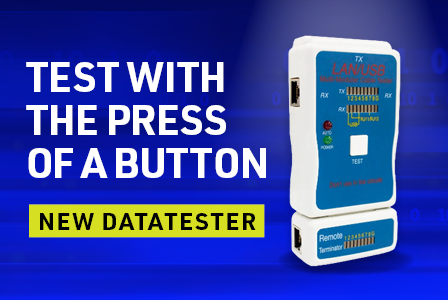
Test Network Cabling & Patch Cords FAST with the New DATATESTER by CABAC
Testing LAN cables is quick and easy when you’ve got the new CABAC DATATESTER on hand. This budget LAN cable tester is perfect for contractors who need to test data and coaxial cable for correct termination.
View Products
Exploring the Advantages of Thin Patch Leads
For Australian data installers, selecting the right network components is critical to achieving the performance and reliability that your customers expect. Among these components, the humble patch lead plays a crucial role in interconnecting various devices.
View Products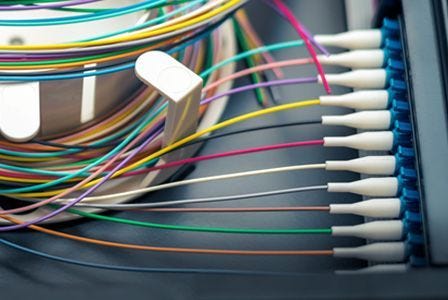
FOBOT Buying Guide
In this informative article, we will provide a basic buying guide for FOBOTs or “Fibre Optic Break Out Trays” so that you can choose the right product for your specific needs.
View Products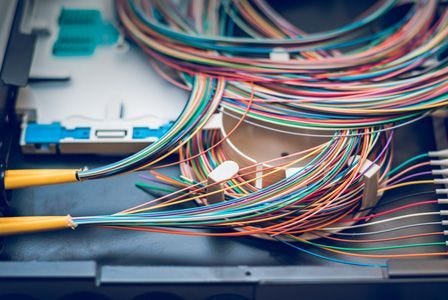
What is a FOBOT?
In this article, we will explain what a FOBOT is and where they are used. We will also describe how a FOBOT works and the important role this component plays in managing and distributing optical fibres efficiently. So, if you're looking to learn all about FOBOTs, make sure to read this article...
View Products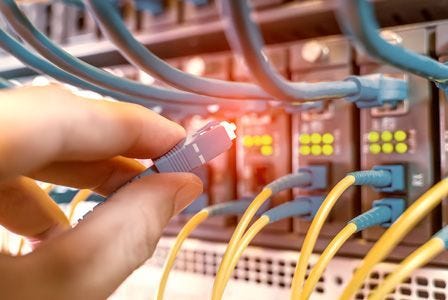
What is the difference between OS1 and OS2 Singlemode Optical Fibre?
This technical article delves into the differences between OS1 and OS2 Singlemode fibre optics, including their core characteristics, performance specifications, and ideal applications.
View Products
